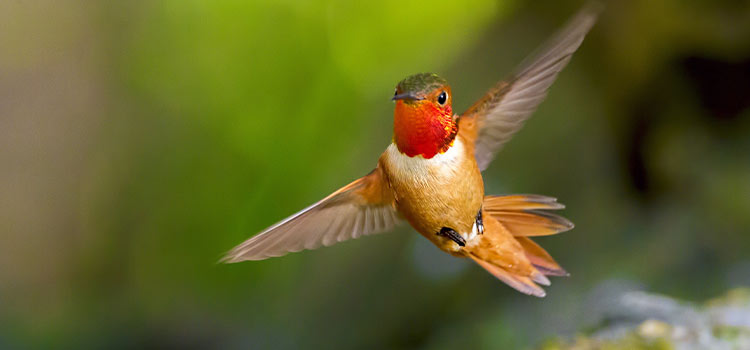Hummingbirds are renowned for their dazzling colors and aerial acrobatics, but when it comes to facing winter, not all of these tiny creatures take to the skies in search of warmer climes. While most hummingbirds embark on long migrations to evade the winter chill, the Anna's hummingbird (Calypte anna) defies this trend, choosing to stay put in their northern habitats.
In contrast to their migratory counterparts, Anna's hummingbirds have evolved a unique survival strategy to endure the cold winter nights. Instead of undertaking lengthy journeys to escape plummeting temperatures, these resilient birds enter a state of torpor, a form of deep sleep. During torpor, their metabolic rate decreases, and they strategically lower their body temperature and heart rate, conserving vital energy resources.
Torpor is a remarkable adaptation that sets Anna's hummingbirds apart, allowing them to thrive in colder climates without the need for migration. This energy-saving mechanism becomes crucial during the nighttime when temperatures drop, providing a means for these hummingbirds to weather the cold without frequent feeding.
This behavior highlights the incredible resilience of Anna's hummingbirds and challenges the notion that all hummingbirds migrate to escape winter's grasp. While their migratory counterparts embark on remarkable journeys, Anna's hummingbirds showcase a different approach, demonstrating nature's diverse strategies for survival.
In conclusion, the question of whether all hummingbirds migrate to endure the winter chill finds a nuanced answer with the fascinating case of Anna's hummingbirds. Their ability to stay in their northern range and employ torpor as a survival mechanism adds a unique dimension to our understanding of these charismatic birds and their strategies for thriving in diverse environments.
Tags:




